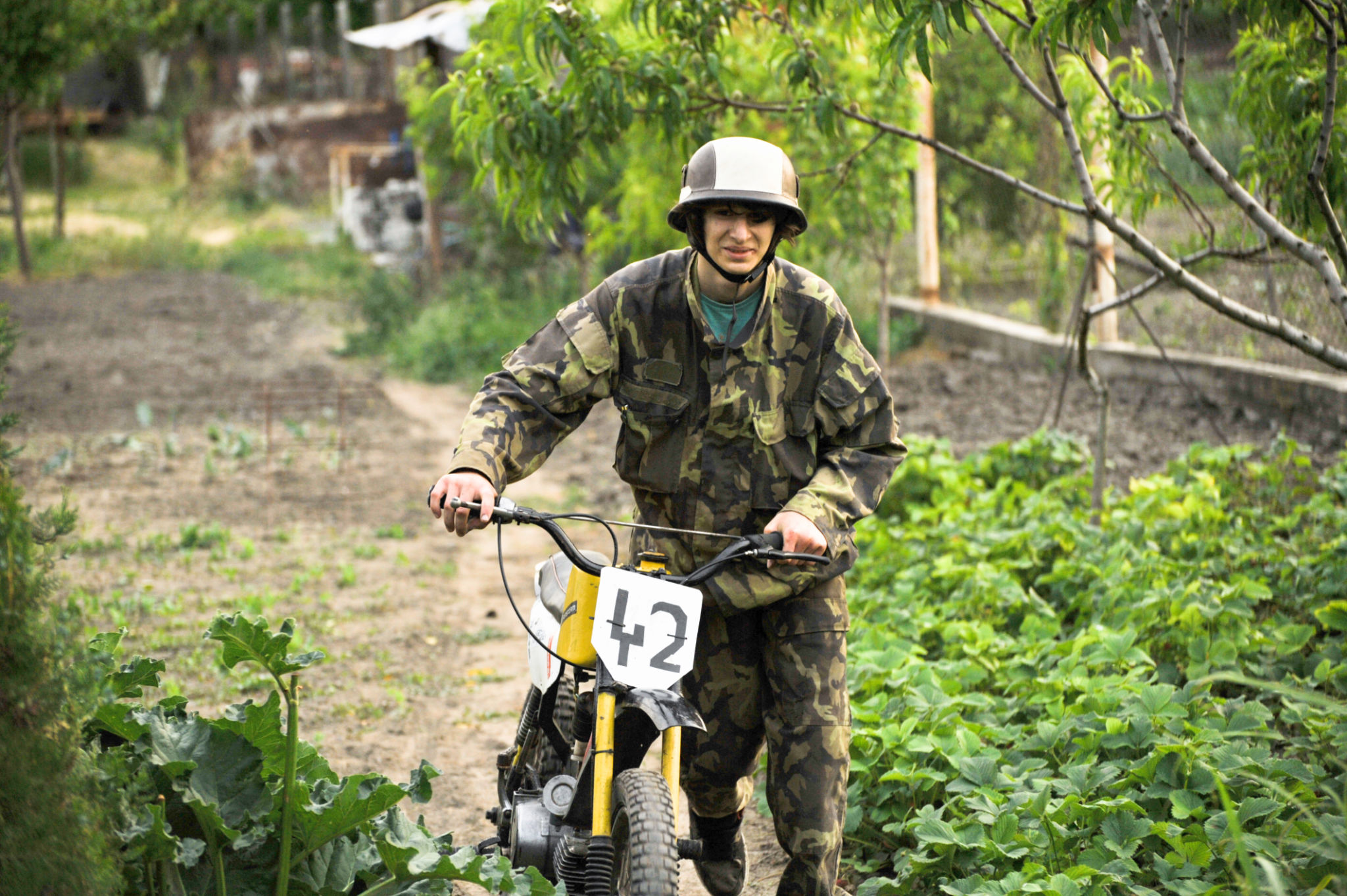Challenges and Opportunities in Policy Analysis on Child Soldiers in Southern Sierra Leone
Introduction to Policy Analysis on Child Soldiers
The issue of child soldiers in Southern Sierra Leone presents a complex challenge for policymakers. The region's tumultuous history, marked by civil conflict, has left a legacy of child recruitment into armed groups, which continues to have far-reaching implications. Addressing this issue requires comprehensive policy analysis that considers both the immediate and long-term impacts on the community.

The Challenges in Addressing Child Soldiers
One of the primary challenges in policy analysis is the lack of reliable data. Many cases go unreported due to the secretive nature of child recruitment and the stigma attached to being a former child soldier. This makes it difficult to ascertain the true scale of the problem, complicating efforts to develop effective policies.
Another significant challenge is the reintegration of former child soldiers into society. Many of these children have experienced severe trauma and have missed out on formal education, making it difficult for them to transition back to civilian life. Policies need to address these psychological and educational gaps to ensure successful reintegration.
Opportunities for Policy Development
Despite the challenges, there are numerous opportunities for developing effective policies. International attention on child soldiers has increased, leading to greater support from global organizations. This support can be harnessed to develop comprehensive strategies that address both prevention and rehabilitation.

Furthermore, community-based approaches offer promising opportunities. Engaging local communities in the development and implementation of policies ensures that they are culturally appropriate and sustainable. This grassroots involvement is crucial for building trust and ensuring long-term success.
Successful Models and Best Practices
Several successful models from other regions can serve as blueprints for policy development in Southern Sierra Leone. For instance, community-driven education programs have shown significant success in addressing educational gaps among former child soldiers. These programs emphasize vocational training and life skills, which are essential for reintegration.

Additionally, trauma-informed care models have proven effective in addressing the psychological needs of former child soldiers. These approaches focus on providing mental health support tailored to the unique experiences of these children, which is essential for their recovery and reintegration.
Conclusion
While the challenges in policy analysis on child soldiers in Southern Sierra Leone are significant, they are not insurmountable. By leveraging international support, engaging local communities, and adopting successful models from other regions, policymakers can develop effective strategies to address this pressing issue. The ultimate goal is to create a safer environment for the children of Southern Sierra Leone, free from the threat of recruitment into armed conflict.